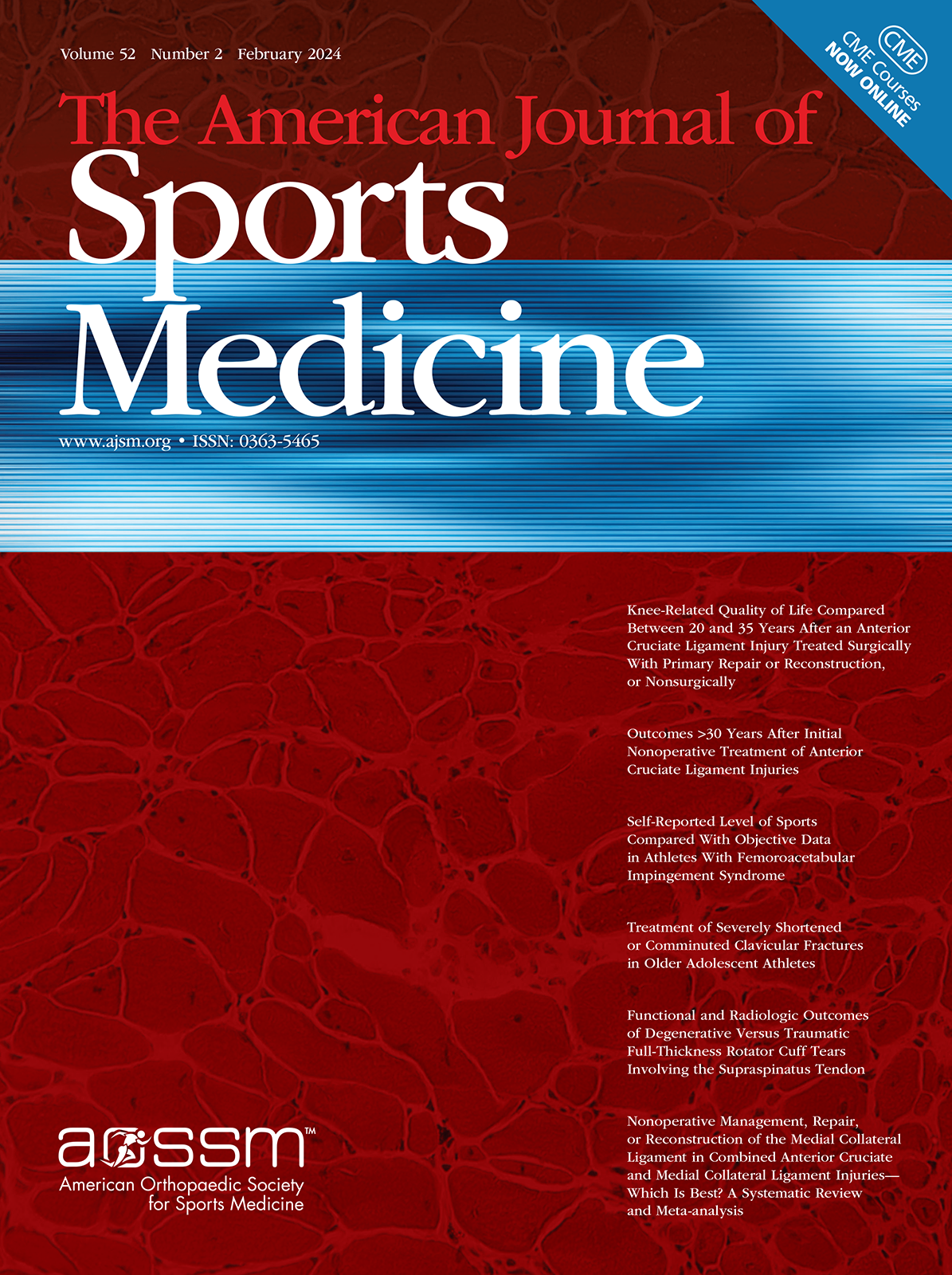
Accelerated weightbearing following autologous chondrocyte implantation is acceptable

Accelerated weightbearing following autologous chondrocyte implantation is acceptable
Effect of accelerated weightbearing after matrix-associated autologous chondrocyte implantation on the femoral condyle on radiographic and clinical outcome after 2 years: a prospective, randomized controlled pilot study
Am J Sports Med. 2009 Nov;37 Suppl 1:88S-96S. Epub 2009 Oct 21.Synopsis
Thirty-one patients undergoing matrix-associated autologous chondrocyte implantation (MACI) of the femoral condyle were randomized postoperatively to either accelerated or delayed weightbearing in their rehabilitation. The primary results were radiological and clinical outcome measures, using MRI and the International Knee Documentation Committee score (IKDC), the Tegner activity score, and the Kn...
To view the full content, login to your account,
or start your 30-day FREE Trial today.
FREE TRIAL
LOGIN
Forgot Password?
Explore some of our unlocked ACE Reports below!

Learn about our AI Driven
High Impact Search Feature
Our AI driven High Impact metric calculates the impact an article will have by considering both the publishing journal and the content of the article itself. Built using the latest advances in natural language processing, OE High Impact predicts an article’s future number of citations better than impact factor alone.
Continue



 LOGIN
LOGIN

Join the Conversation
Please Login or Join to leave comments.